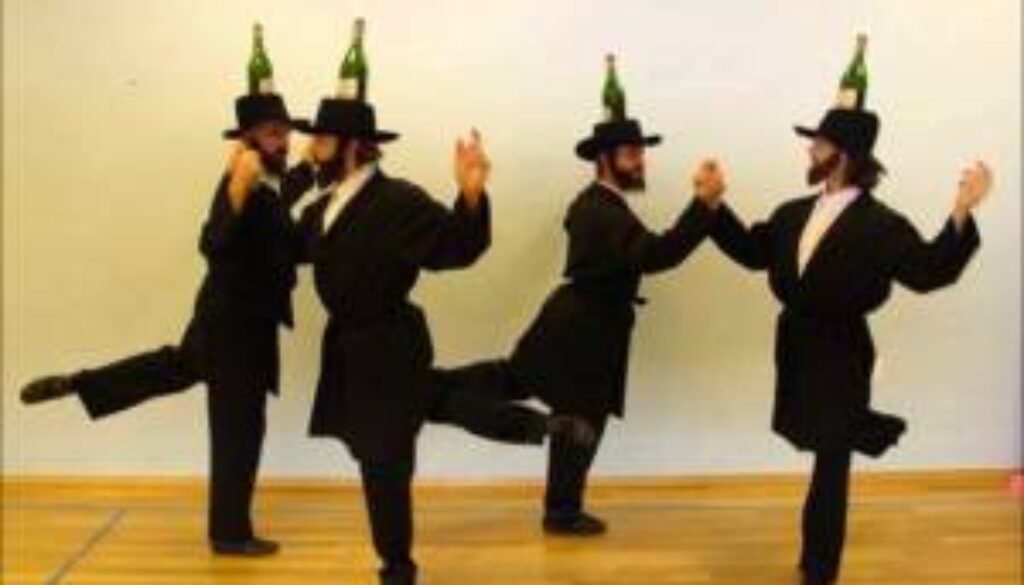Hava Nagila Let’s Rejoice
Hava Nagila is undoubtedly the most popular Jewish song known by Jews and non-Jews alike.
Hava Nagila translated from Hebrew is Let Us Rejoice it is an Israeli folk song that has become a staple of bands performers at Jewish celebrations and sung at many Jewish celebrations.
| Transliteration | Hebrew text | English translation | |
|---|---|---|---|
| Hava nagila |
הבה נגילה
|
Let’s rejoice | |
| Hava nagila |
הבה נגילה
|
Let’s rejoice | |
| Hava nagila ve-nismeḥa |
הבה נגילה ונשמחה
|
Let’s rejoice and be happy | |
| (repeat) | |||
| Hava neranenah |
הבה נרננה
|
Let’s sing | |
| Hava neranenah |
הבה נרננה
|
Let’s sing | |
| Hava neranenah ve-nismeḥa |
הבה נרננה ונשמחה
|
Let’s sing and be happy | |
| (repeat) | |||
| Uru, uru aḥim! |
!עורו, עורו אחים
|
Awake, awake, my brothers! | |
| Uru aḥim be-lev sameaḥ |
עורו אחים בלב שמח
|
Awake my brothers with a happy heart | |
| (repeat line four times) | |||
| Uru aḥim, uru aḥim! |
!עורו אחים, עורו אחים
|
Awake, my brothers, awake, my brothers! | |
| Be-lev sameaḥ |
בלב שמח
|
With a happy heart |
The simple yet distinctive melody of Hava Nagila has been attributed to the Sadigurer Chasidim, who had lived in what is now Ukraine. Avraham Zvi Idelsohn composed Hava Nagila in 1915 arranging the melody in four parts, and added the Hebrew text inspired from Psalm 118 verse 24, “This is the day that God has made. We will rejoice and be glad in it”
Although Psalm 118 may have been a source for the words of Hava Nagila, the song and its accompanying hora circle dance is entirely secular in its outlook.
Hava Nagila has been recorded by a wide range of musicians ranging from Harry Belafonte, Neil Diamond, Bob Dylan, the Barry Sisters, Queen and many contemporary pop singers.
For all of its widespread popularity, few know the history of this global Jewish celebration hit.
A comic parody describes the “typical” 1960\’s Jewish life in America sung to the tune of popular Israeli folk song Hava Nagila.
Harvey & Sheila by Allan Sherman 1962




